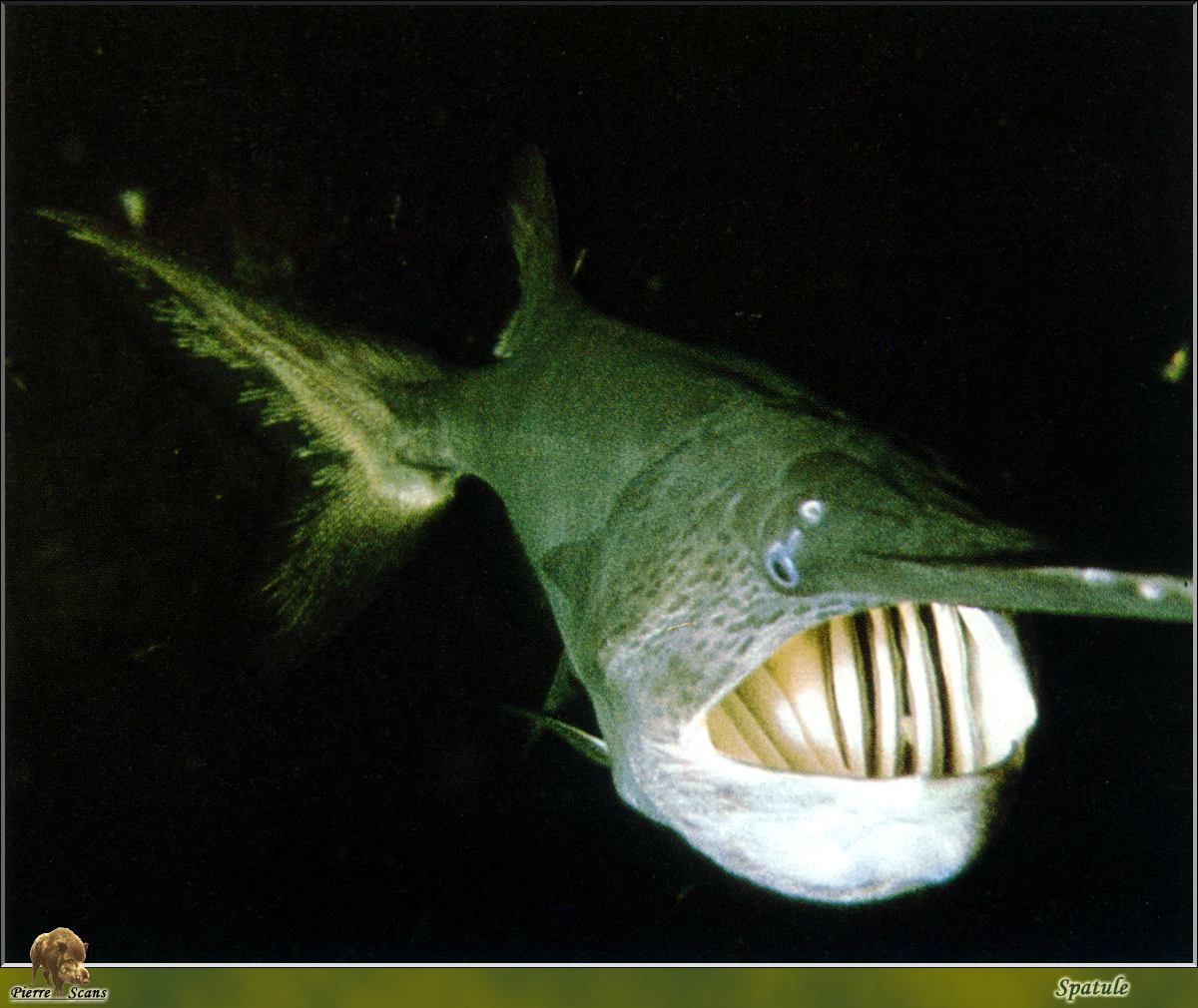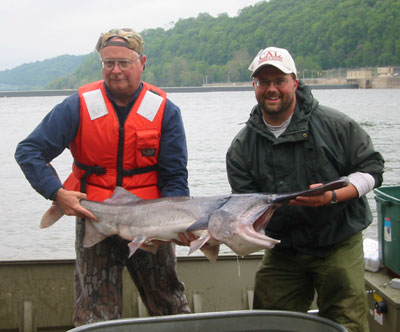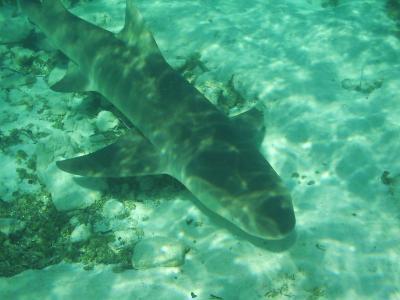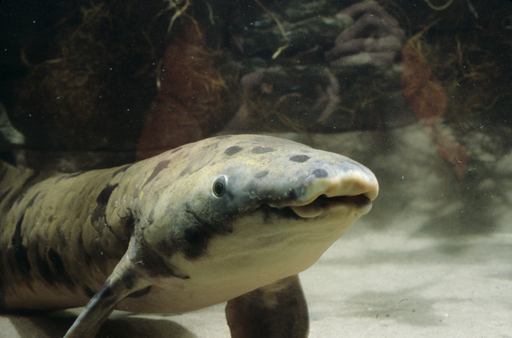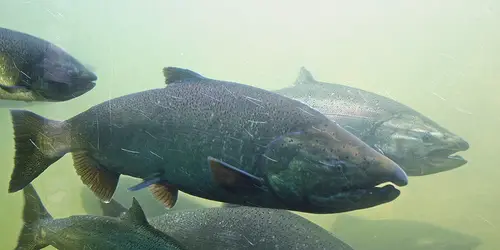American Paddlefish
The American Paddlefish is an incredibly old species of fish, found only in the Mississippi River, therefore being also called the Mississippi Paddlefish. Being a fisherman’s feast for many years, their population is facing a decline. These 2 metre long and 50 kg heavy fish used to inhabit many large rivers and lakes in America, now their numbers are thinned so greatly that actions are being taken to conserve these relics of the dinosaur era.
The American Paddlefish can be easily recognized by it’s large paddle-shaped snout, which is covered with electroreceptors that are a major part of the fish’s navigation system and enables them to sense objects nearby. As the Paddlefish is constantly on the move to different areas, the electroreceptors are of a major importance, when navigating through new water basins.
Despite it’s size and the rather dangerous appearance, the American Paddlefish feeds mostly on plankton. The fish is constantly moving with its mouth opened, much like whales, although other, smaller fishes are sometimes found in the Paddlefish’s stomach, insisting that it has exceptions in its diet.
The American Paddlefish migrates to spawning grounds in early spring. Up to 600’000 eggs are produced in fast-flowing waters every two to five years. Males reach sexual maturity at the age of 7 to 9 years, females at the age of 10 to 12. In total, the Paddlefish can survive for about 20 years.
American Paddlefishes are considered “Vulnerable” by the IUCN and their fishing is prohibited in most states. The fish has suffered greatly from human exploitation – it’s flesh and roe are very popular, thus the Paddlefish has been overfished. Also, it’s considered to be a great sport fish for fishermen, as the American Paddlefish feeds off plankton, it can’t be caught using bait, so other methods of fishing are used (such as snagging).
The structure of these fishes is as ancient as that of crocodiles, suggesting that ancestors of the American Paddlefish have been swimming in the American rivers since the Palezoic era. Their appearance also somewhat resembles that of a shark, especially their tail fin.
Nowadays, actions are being taken to stabilize the population of this fish, however it’s natural habitat has been changed dramatically and as these fishes often swim great distances, they are severely affected by dams built on rivers or any areas of pollution. Stocking programs have been started to increase the number of the American Paddlefish, by breeding them in reservoirs.
Being one of the biggest fishes in America, encountering the Paddlefish in a lake might seem like a dreadful experience, but in reality they’re as dangerous as salmon, although the Paddlefish might accidentally poke you with it’s paddle. If breeding programs succeed and the number of the American Paddlefish is stabilized, the “paddle pokes” might become a real problem for those who swim in the Mississippi River.
